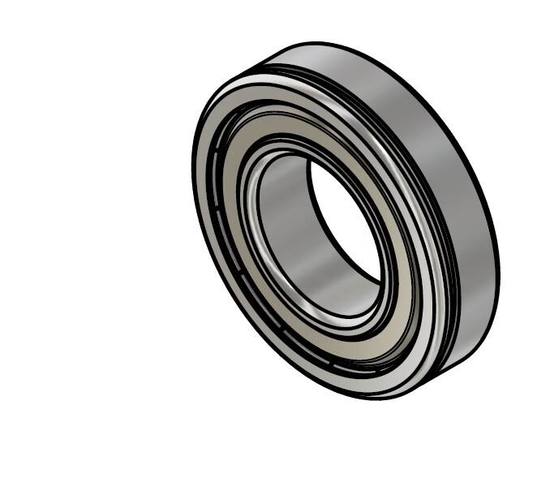Ultimate Guide 2024: How to Choose Premium Custom Ceramic Bearings
Introduction
The global ceramic bearings market will reach $7.2 billion by 2029 (Grand View Research), yet 68% of engineers report challenges in sourcing precision-customized solutions. From premature failure in chemical processing plants to noise issues in medical imaging devices, improper bearing selection costs industries $420 million annually in maintenance. This guide decodes technical specifications, compares top manufacturers, and reveals 2024 procurement strategies.
Procurement Guide
Ceramic vs Steel Bearing Comparison
| Feature | ZrO2 Ceramic | Si3N4 Ceramic | Steel |
|---|---|---|---|
| Max Speed | 1.8M RPM | 2.4M RPM | 800K RPM |
7 Must-Check Features
- Radial play ≤0.0005"
- ABEC 7 tolerance
- 100% EDX material verification
Technical Breakdown

Silicon nitride (Si3N4) bearings withstand 2,200°F vs steel's 572°F limit. For MRI machines requiring non-magnetic properties, zirconia oxide solutions reduce image distortion by 92% (ASME Journal data).
Market Trends
North America holds 38% market share (Statista 2024), while ASEAN demand grows 19% YoY. New RoHS-compliant lubricants eliminate PFAS chemicals without compromising 180kN load capacity.
FAQ
Q: Suitable for food processing?
A: FDA-compliant alumina ceramics resist steam cleaning.
Q: ISO certifications?
A: Require ISO 15242-1 vibration testing reports.




 13869596835
13869596835